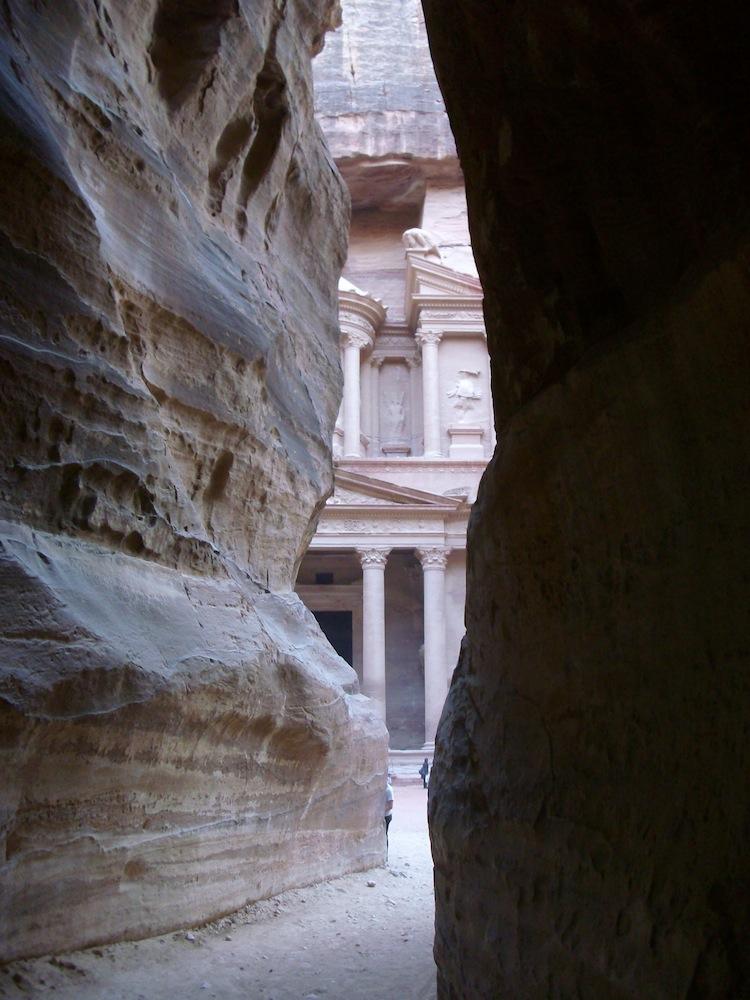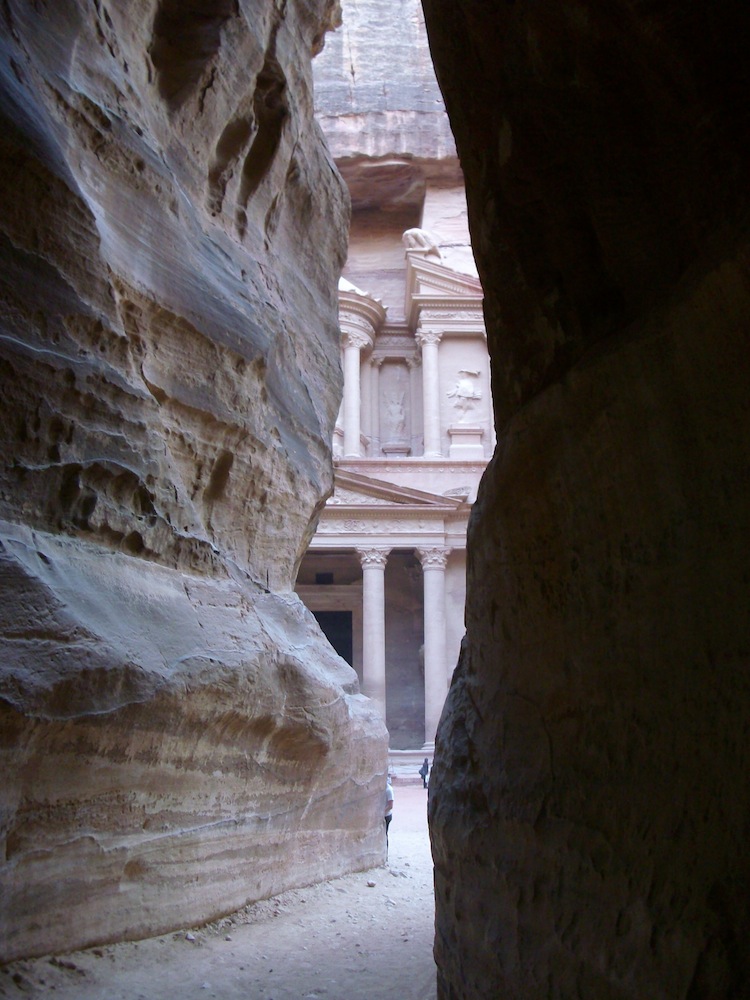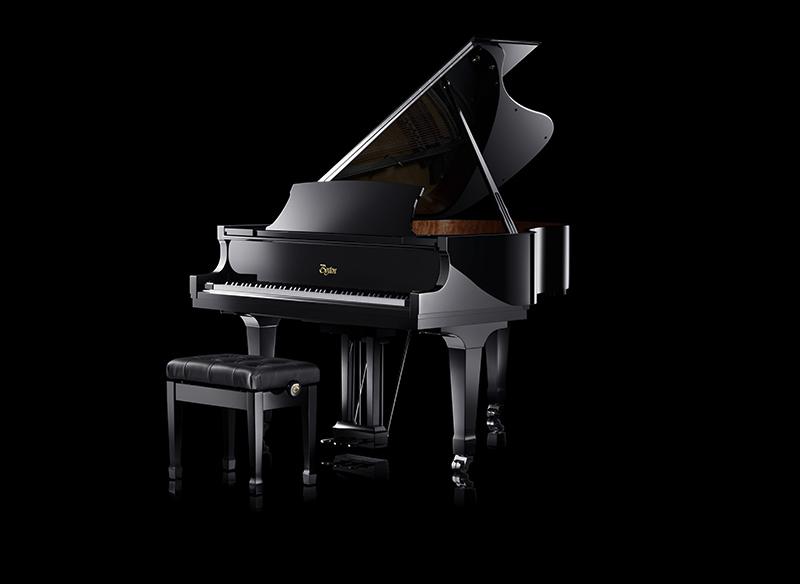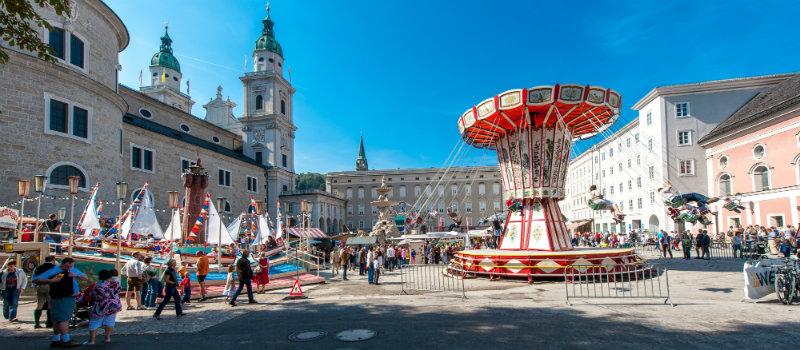The Majestic Secret
It is 200 years since Swiss explorer Johann Ludwig Burckhardt rediscovered the ancient Nabateaen city of Petra, Jordan. He entered the city dressed in the disguise of a Bedouin on the pretext of making a sacrifice at the tomb of Aaron.

Residential downtown Amman. Ramy Salameh
|Updated:
Ramy Salameh is an award-winning travel journalist & International PR specialist. He is a 'Member of the National Union of Journalists' working as a travel writer on a voluntary and freelance basis and has written on destinations across the globe. He classes the writing as a professional hobby alongside his current role as PR Manager for the Korea Tourism Organisation in London which he has held for over 14 years. Ramy uses his considerable experience and expertise within the travel sector over several decades to help develop the London chapter of 'Meeting Planners International' as their Director of communications.
Author’s Selected Articles






